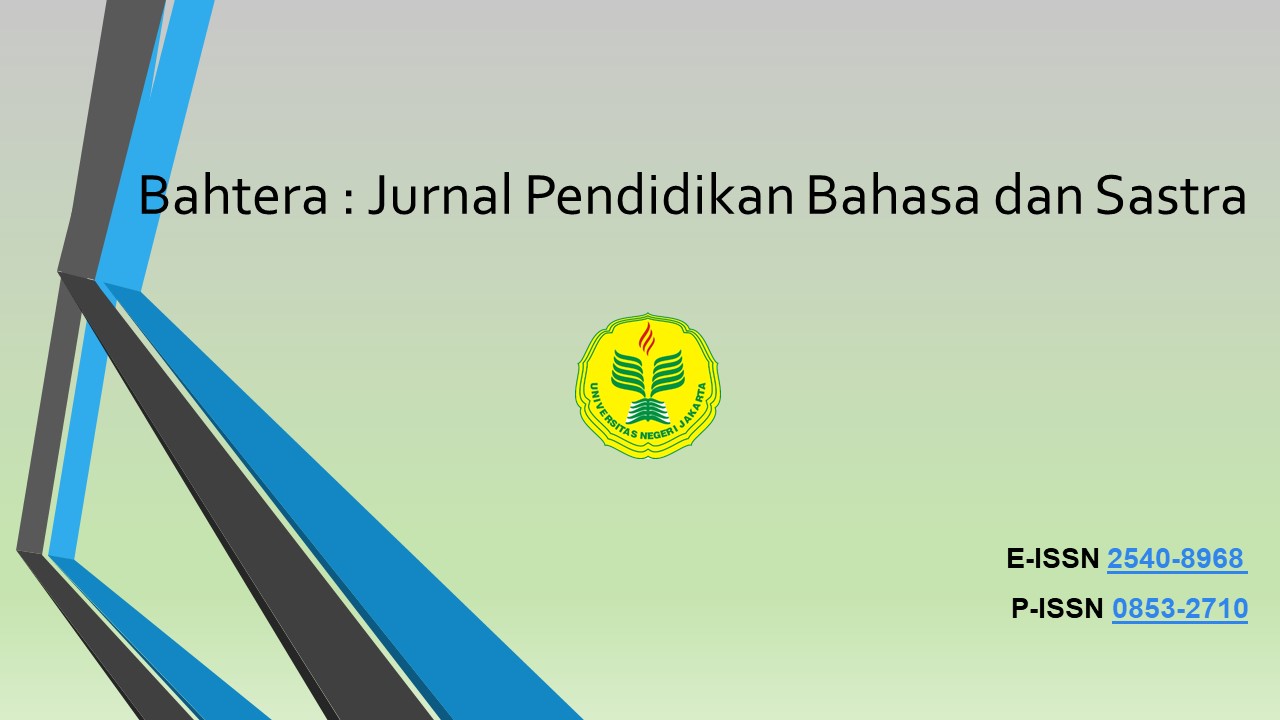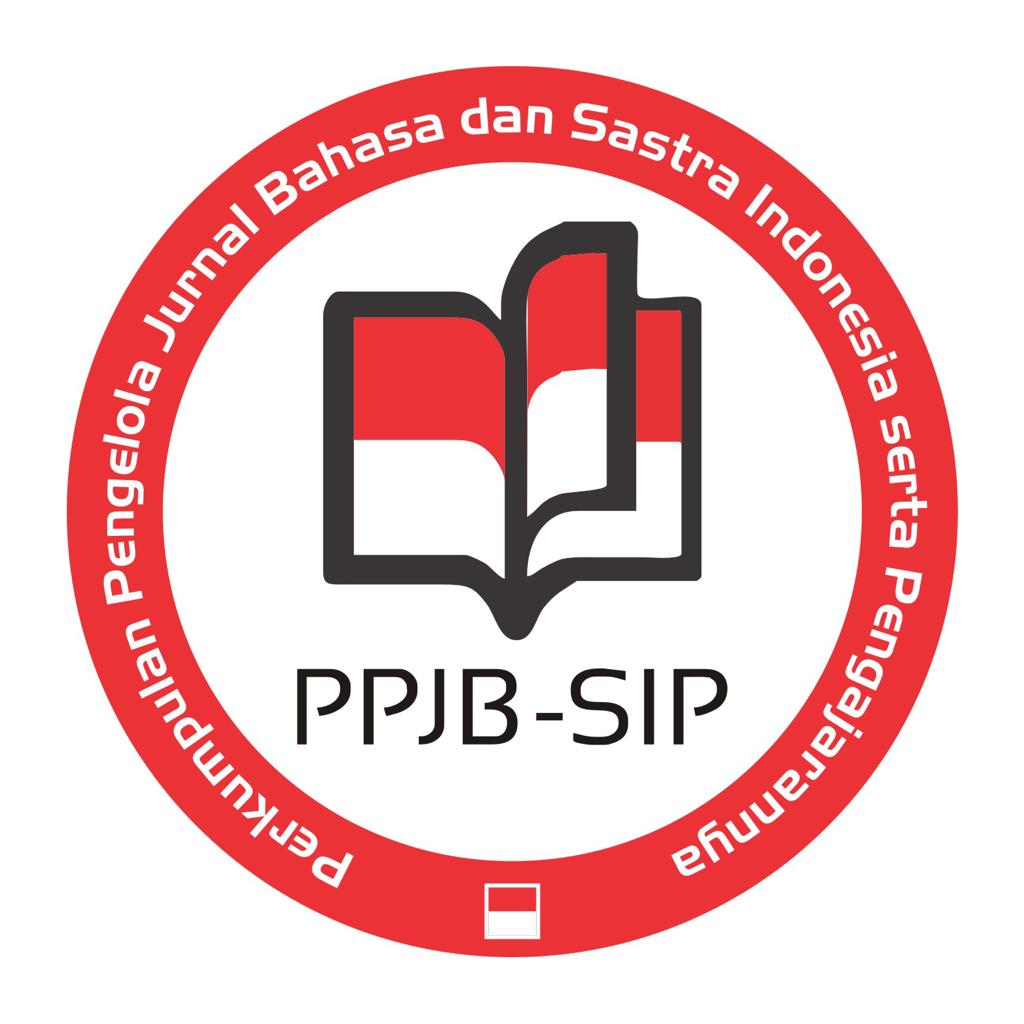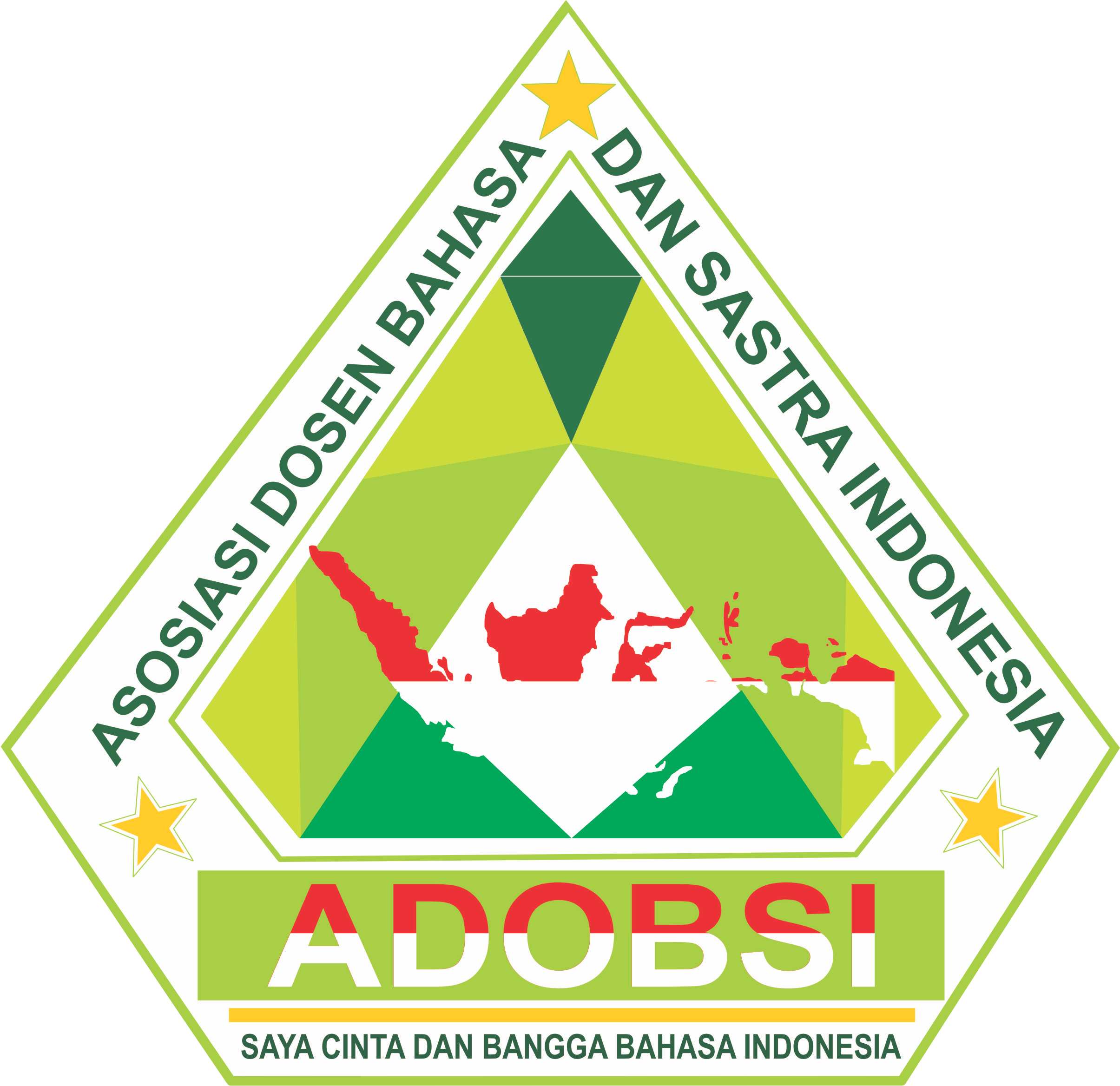PERCEPTUALS LEARNING STYLES PREFERENCES OF INTERNATIONAL MASTER'S STUDENTS IN MALAYSIA
Abstract
It has been a consensus that learning styles have been a predominant factor of success in master's degree program. Since the preferences of learning styles are affected by students' cultural background, this study was carried out to explore the perceptual learning style preferences of international Master’s students in a Malaysian university. Sixty students consisting of Indonesian, Iranian, and Libyan were involved in the present study. The findings reveal that Indonesian and Libyan students tended to be more kinesthetic/tactile learners while Iranian tended to be more visual learners. This study suggested practitioners use various learning strategies to cater the learning style preferences of the students.
References
Cook, S. L. (2009). Auditory learning style - verbal / linguistic intelligence. Teaching a gifted child with a learning disability.
Joy, S., Kolb, D.A., (2009). Are there cultural differences in learning style? International Journal of Intercultural Relations 33, 69-85
Khmakien, A. (2012). Demystifying Thai EFL learners' perceptual learning styles preferences. 3L: The Southeast Asian Journal of English Language Studies, 18(1): 61 - 74
Mandasari, B. (2018). English language learning strategies: an exploratory study of management and engineering students. PREMISE: Journal of English Education and Applied Linguistics, 7 (2): 61-78.
Montemayor, E., Aplaten, M. C., Mendoza, G.C. & Perey, G. M. (2009). Learning styles of high and low academic achieving freshman teacher education students: An application of the Dunn and Dunn’s Learning Style Model. University of the Coordilleras Journal. 1 (4) 58-71.
Naserieh, F. (2009). The Relationship between Perceptual Learning Style Preferences and Skill-based Learning Strategies. Unpublished Master’s thesis. Shahid Beheshti University
Naserieh, F. & Sarab, M. R. A. (2013). Perceptual learning style preferences among Iranian graduate students. System 41 (1). 122-133.
Obralic, N. & Akbarov, A. (2012). Students preference on perceptual learning style. Acta Didactica Napocensia 5 (3). 31-42.
Perakyla, A. & Ruusuvuori, J. (2013). Analyzing talk and text. In Denzin, Norman K & Lincoln, Yvonna S (Eds.). Collecting and interpreting qualitative materials (pp. 277-308). Los Angeles: Sage Publications.
Rhouma, W. B. (2016). Perceptual learning styles preferences and academic achievement. International Journal of Arts & Sciences 9 (2). 479-492.
Renou, J. (2009) A study of perceptual learning style and achievement in a university level foreign language course, Universidad DePuerto Rico.
Rido, A & Sari, F.M. (2018). Characteristics of classroom interaction of English in language teachers in Indonesia and Malaysia. International Journal of Language Education, 2 (1): 40-50.
Rido, A. (2017). What do you see here from this picture?: Questioning strategies of master teachers in Indonesian vocational English classrooms. TEFLIN Journal, 28 (2): 193-211.
Sari, F. M., & Wahyudin, A. Y. (2019a). Blended-Learning: The Responses from Non-English Students in the Indonesian Tertiary Context. TEKNOSASTIK, 17(1).
Sari, F. M., & Wahyudin, A. Y. (2019b). Undergraduate students’ perceptions toward blended learning through Instagram in English for Business class. International Journal of Language Education, 1(1), 64-73.
Saville-Troike, Muriel. (2016). Introducing Second Language Acquisition. New York: Cambridge University Press.
Wahyudin, A. Y. (2018). The impact of online peer feedback on EFL students’ writing at tertiary level. BAHTERA: Jurnal Pendidikan Bahasa dan Sastra, 17(1), 1-10.
License & Copyright
This work is licensed under a Creative Commons Attribution 4.0 International License.










